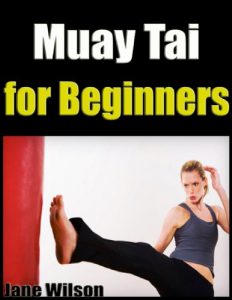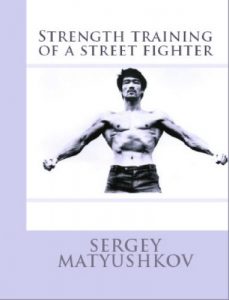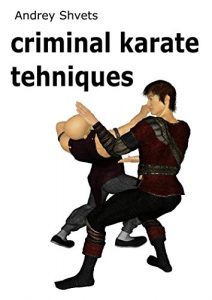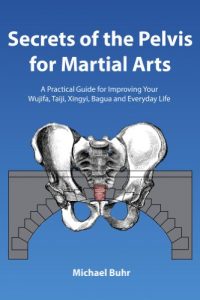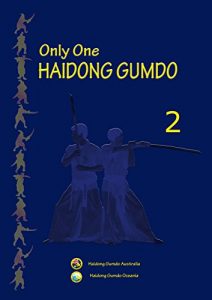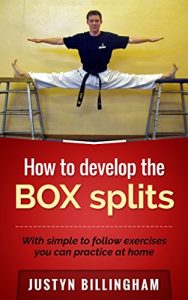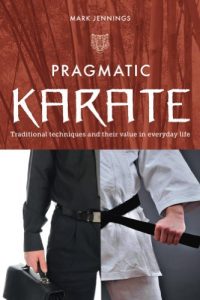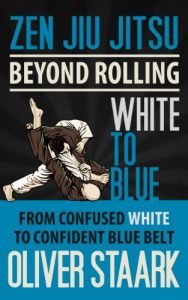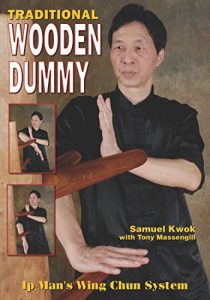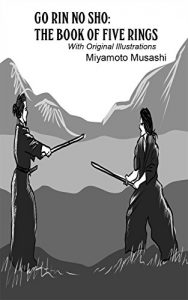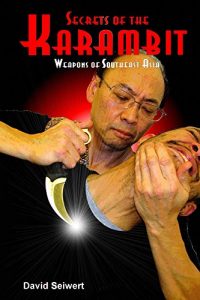I 99eBooks è una directory di eBook. Cerchiamo e classificato intorno alle eBooks Web per te!
Tutti i diritti riservati. I libri e libri elettronici sono di proprietà dei rispettivi proprietari.
Aiki Jo Notebook And Manual Part One (English Edition)
When I first started practicing martial arts in 1989, you could have never convinced me that I would still be doing it more than 20 years later, much less teaching in my own school, or writing anything of value on the matter. As to whether or not this will be of any value of the reader depends entirely on how the reader uses this. I thought that I should talk a bit about how this notebook came about, and give my best advice on how to use this notebook.
When I started doing Aikido in 1993, my instructor, Chris Rozett Sensei had a weapons class every Sunday. We would do a series of techniques with bokken, jo, and tanto. He would set aside a certain amount of time to study a particular weapon. He would fondly say things like “it's jo season.” We would do things like suburi, kumitachi, jo kata, and happogiri. I could manage things like tachidori and jonage well enough, and I had a tenuous grasp of the jusan no jo kata, but things like sanjuichi no jo kata completely befuddled me. All of the kumi practices were overwhelming to me. One day, we had a visitor, Neil Bednar, who came to get some extra training from Rozett Sensei to prepare for his shodan. This particular test only called for tachidori and jodori techniques. Neil brought a book with him that I had never seen before. It was Traditional Aikido Volume Two by Morihiro Saito Sensei. I was blown away at the articulation of the techniques. I had never seen anything like it. I did not know at the time that my teacher had a background in what is known as Iwama style Aikido. He didn't teach us the taijutsu in the same manner, but nowadays I understand why he was so strong! When I did a technique wrong, he would simply just stop; I couldn't move him! When I managed to make a motion somewhat in the right direction, he would acknowledge my correction by taking ukemi. He would always take ukemi from every student like this. He said that “if I am your Sensei, and I can't stop your technique at any time that I choose, I should not be your Sensei!”
His family moved away to Singapore, and I no longer had a teacher. Since then, I trained wherever I could, eventually earning my shodan and nidan. All the while, I felt duty bound to my teacher to preserve what he taught me. I felt that my biggest misgiving was not getting better with my weapons, so I always trained them. I'll tell you now that it was not easy, not having the proper supervision of an instructor. Eventually, I was able to attend a few Iwama seminars taught by Pat Hendricks Sensei, Thomas Huffman Sensei, and Stephanie Yap Sensei. These were great experiences for me, to see how these techniques are not just performed, but how they are taught. The step-by-step manner and the start-stop methods were things that were not taught at the Aikikai dojos and seminars. The level of detail and variation in the techniques in Iwama is immense. I decided that it was time to take some notes.
All of this was before things like podcasts and YouTube existed. I remember my collection of poorly copied VHS tapes of seminars that I had. At that time the best resource for Aikido materials was Stanley Pranin's Aikido Journal. I purchased Aiki Friendship Demos and Aiki Ken and Aiki Jo from his site. I poured over the material in the videos and my own copies of Morihiro Saito Sensei's Traditional Aikido series that I managed to get. I would spend hours reviewing the material and repping it out with my students or whoever else would train with me, and then go back to the videos and my notes. I developed a keen interest in the jo since it gave me so much trouble, but I wanted to get really good with it. These notes eventually became this notebook you are now reading.
When I started doing Aikido in 1993, my instructor, Chris Rozett Sensei had a weapons class every Sunday. We would do a series of techniques with bokken, jo, and tanto. He would set aside a certain amount of time to study a particular weapon. He would fondly say things like “it's jo season.” We would do things like suburi, kumitachi, jo kata, and happogiri. I could manage things like tachidori and jonage well enough, and I had a tenuous grasp of the jusan no jo kata, but things like sanjuichi no jo kata completely befuddled me. All of the kumi practices were overwhelming to me. One day, we had a visitor, Neil Bednar, who came to get some extra training from Rozett Sensei to prepare for his shodan. This particular test only called for tachidori and jodori techniques. Neil brought a book with him that I had never seen before. It was Traditional Aikido Volume Two by Morihiro Saito Sensei. I was blown away at the articulation of the techniques. I had never seen anything like it. I did not know at the time that my teacher had a background in what is known as Iwama style Aikido. He didn't teach us the taijutsu in the same manner, but nowadays I understand why he was so strong! When I did a technique wrong, he would simply just stop; I couldn't move him! When I managed to make a motion somewhat in the right direction, he would acknowledge my correction by taking ukemi. He would always take ukemi from every student like this. He said that “if I am your Sensei, and I can't stop your technique at any time that I choose, I should not be your Sensei!”
His family moved away to Singapore, and I no longer had a teacher. Since then, I trained wherever I could, eventually earning my shodan and nidan. All the while, I felt duty bound to my teacher to preserve what he taught me. I felt that my biggest misgiving was not getting better with my weapons, so I always trained them. I'll tell you now that it was not easy, not having the proper supervision of an instructor. Eventually, I was able to attend a few Iwama seminars taught by Pat Hendricks Sensei, Thomas Huffman Sensei, and Stephanie Yap Sensei. These were great experiences for me, to see how these techniques are not just performed, but how they are taught. The step-by-step manner and the start-stop methods were things that were not taught at the Aikikai dojos and seminars. The level of detail and variation in the techniques in Iwama is immense. I decided that it was time to take some notes.
All of this was before things like podcasts and YouTube existed. I remember my collection of poorly copied VHS tapes of seminars that I had. At that time the best resource for Aikido materials was Stanley Pranin's Aikido Journal. I purchased Aiki Friendship Demos and Aiki Ken and Aiki Jo from his site. I poured over the material in the videos and my own copies of Morihiro Saito Sensei's Traditional Aikido series that I managed to get. I would spend hours reviewing the material and repping it out with my students or whoever else would train with me, and then go back to the videos and my notes. I developed a keen interest in the jo since it gave me so much trouble, but I wanted to get really good with it. These notes eventually became this notebook you are now reading.



